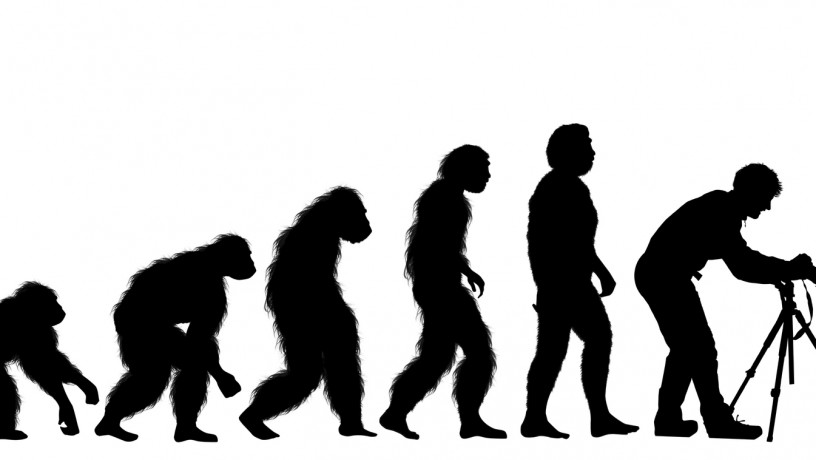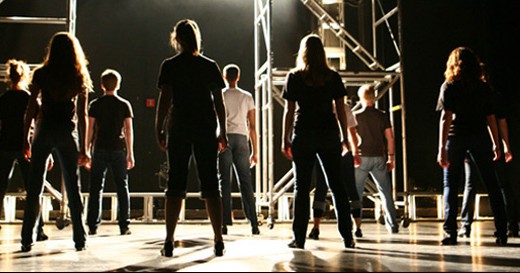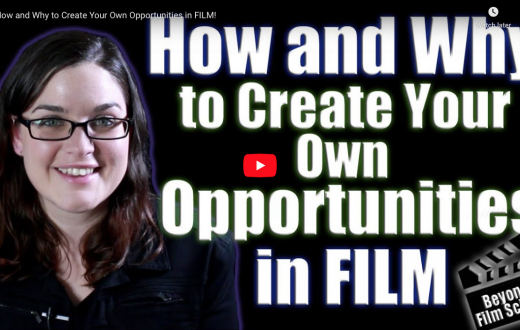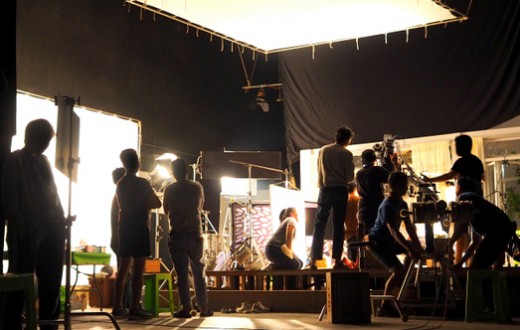In a work of fiction, a character undergoes an evolution as the story progresses. This is often due to the character’s interactions with other characters, as well as the challenges they face. The result is a changed person, who is sometimes unrecognizable from the original version. This transformation can be both positive and negative, depending on the circumstances. It is one of the most intriguing aspects of reading a good book or watching a great film.
In every great film, there is a great character. And behind every great character is a great actor. It takes a special kind of talent to bring a character to life on the big screen. But what does it take to create a truly unforgettable character?
It takes more than just acting chops. It takes an understanding of the character’s arc and how they evolve over the course of the story. It takes an ability to connect with the audience and make them feel something for the character. And it takes a willingness to go above and beyond to make the role your own.
The best actors are able to do all of these things and more. They are able to disappear into their roles and become the characters they are portraying. They are able to make us laugh, cry and root for them no matter what they’re going through onscreen.
The actor’s role is to understand the character’s arc. The character’s arc is the journey the character takes from the beginning of the story to the end. The actor must be able to understand what the character is going through and how they are changing.
Watch Dustin Hoffman and Tom Cruise in this clip from Rain Man.
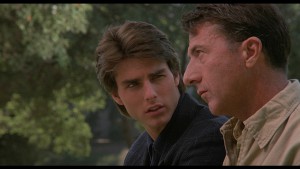 This “toothpick” clip is very important because not only does Dustin Hoffman connect with the audience by making us feel sorry for him, but we begin to see the evolution of Tom Cruise’s character, going from a frustrated brother who doesn’t understand Dustin’s disability to one who starts to see a huge advantage of the disability.
This “toothpick” clip is very important because not only does Dustin Hoffman connect with the audience by making us feel sorry for him, but we begin to see the evolution of Tom Cruise’s character, going from a frustrated brother who doesn’t understand Dustin’s disability to one who starts to see a huge advantage of the disability.
Understanding a Character’s Arc
To understand a character’s arc, the actor must first understand the character’s backstory. What has led them to this point in their life? What are their goals? What motivates them? Once the actor understands these things, they can begin to understand how the character changes throughout the story.
Identify Key Turning Points
The actor needs to be able to identify the key turning points in the story. These are moments where the character makes a decision that changes them in some way. The actor needs to be able to understand why these decisions are made and how they change the course of the story.
Connecting With the Audience if On Stage
When it comes to acting, connecting with the audience is key. Without a connection, your performance will fall flat. So, how can you make sure you’re connecting with your audience?
Here are a few tips:
1. Make eye contact. This is probably the most important thing you can do to connect with your audience when on stage. When you make eye contact, you’re saying “I see you and I’m speaking to you.” It’s a simple way to create a connection. If you’re in a film, TV show or web series, connecting with the audience is a little more difficult (see below).
2. Speak clearly and concisely. If your audience can’t understand what you’re saying, they won’t be able to connect with you. Make sure your words are clear and easy to understand. Unless, of course, you’re Mumbles from Dick Tracy.  (If you did not see this film, can you guess the actor playing Mumbles?)
(If you did not see this film, can you guess the actor playing Mumbles?)
3. Be genuine. Your audience will be able to tell if you’re being fake or forced.
Connecting With the Audience if On Screen
In a film, actors must connect with the audience in order to create a believable and captivating experience. They do this by studying the script and developing a deep understanding of their character’s motivations, emotions, and objectives. Once they have a clear grasp on who their character is, they can begin to find ways to connect with the audience member’s own experiences and feelings. This can be done through facial expressions, body language and vocal inflection. When an actor is able to make a strong connection with the audience, it creates an immersive experience that can be truly magical.
How does all of the above tie in with the evolution of a character?
As actors, we often talk about developing a character and finding ways to connect with the audience. But how does the evolution of a character tie in with connecting with the audience?
One way to think about it is that as our characters evolve, so do our relationships with the audience. We might start off by playing a role that is relatively simple and one-dimensional. But as we grow as actors, we can start to explore more complex characters who are rich and multi-faceted. And as we deepen our understanding of these characters, we also deepen our connection with the audience.
So in a way, the evolution of a character is an ongoing process of building bridges between ourselves and the people who are watching us.

